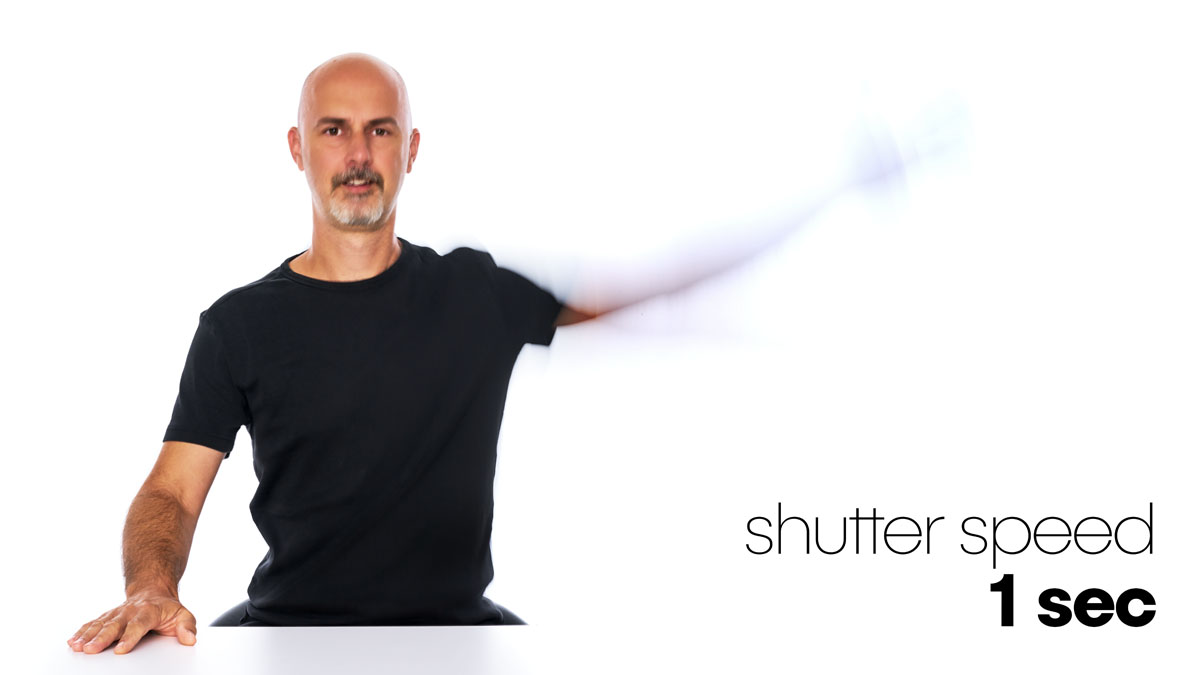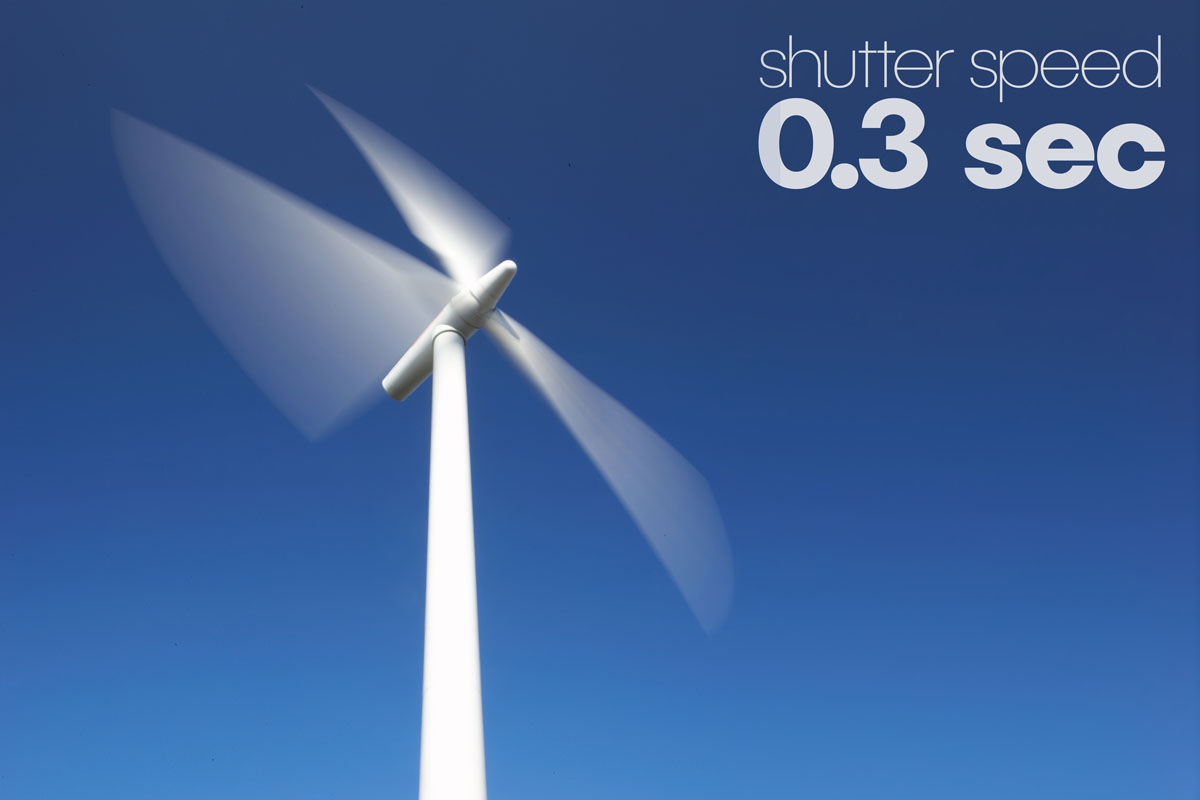Read the transcript to the above video:
Understanding motion blur in photography
So what happened in the experiment of our previous lesson? We´ll look at it step by step to make you understand – UNDERSTAND!!! shutter speed.
Instead of a waving hand we will think about a more real life example. Let´s say we want to take a picture of a fast moving car and we choose a shutterspeed of one second.
In this second, the car will move a certain distance. But our camera doesn´t move with it.

So what happens?
In this very second, the car is moving every single fraction of a second. Let´s divide our second into 100 pieces.

After the first, the car is here:

...after the 10th the car is here:

...after the 50th here:

...and so on.
You can hardly see it though, because it is just there for that very fleeting moment.
Remember the arm in our experiment. It was transparent because the arm was not at the same place for the complete time you took your image – or in other words the opening time of your shutter. Therefore it is not equally exposed like the rest of the body.

Back to our car. Every fraction of a second it leaves a transparent image. Your camera captures all of these fractions and combines them
to a blurry mass.

Sometimes you want that blurry mass to achieve a special effect, called motion blur.
like this image,

...or this image...

...and the very popular images of waterfalls, fireworks and light trails.

We will have extra lessons on the last three, in case you want to get really serious.
By this time you sure wonder why we first deal with blur when talking about shutterspeed, rather than having your images sharp.
The answer is: It is important to understand why images can get blurred, in order to avoid it, because more often than not, blur is not what you want
For example when you are taking pictures of your lively kid, or a fast moving dog, cars, whatever, and you need to take all necessary steps to avoid so called motion blur.
We´ll get that covered in the next movie. See you later and don´t forget to subscribe to our youtube channel.
QUESTIONS? Please don´t hesitate to post in the comments on youtube
NEXT LESSON: 2.6. The Effects of Shutter Speed - Part III
